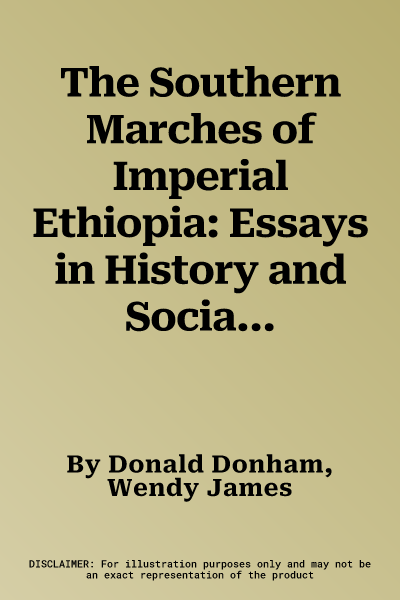Donald Donham
(Author)The Southern Marches of Imperial Ethiopia: Essays in History and Social AnthropologyHardcover, 4 September 1986

Temporarily out of stock
Free Delivery
Cash on Delivery
15 Days
Free Returns
Secure Checkout

Part of Series
African Studies
Part of Series
African Studies Series
Part of Series
Cambridge Texts in Chemistry and Biochemistry
Part of Series
African Studies (Hardcover)
Print Length
324 pages
Language
English
Publisher
Cambridge University Press
Date Published
4 Sep 1986
ISBN-10
0521322375
ISBN-13
9780521322379
Description
Product Details
Authors:
Book Format:
Hardcover
Date Published:
4 September 1986
Dimensions:
22.81 x
15.19 x
2.21 cm
Genre:
African
ISBN-10:
0521322375
ISBN-13:
9780521322379
Language:
English
Location:
Cambridge
Pages:
324
Publisher:
Series:
Weight:
580.6 gm